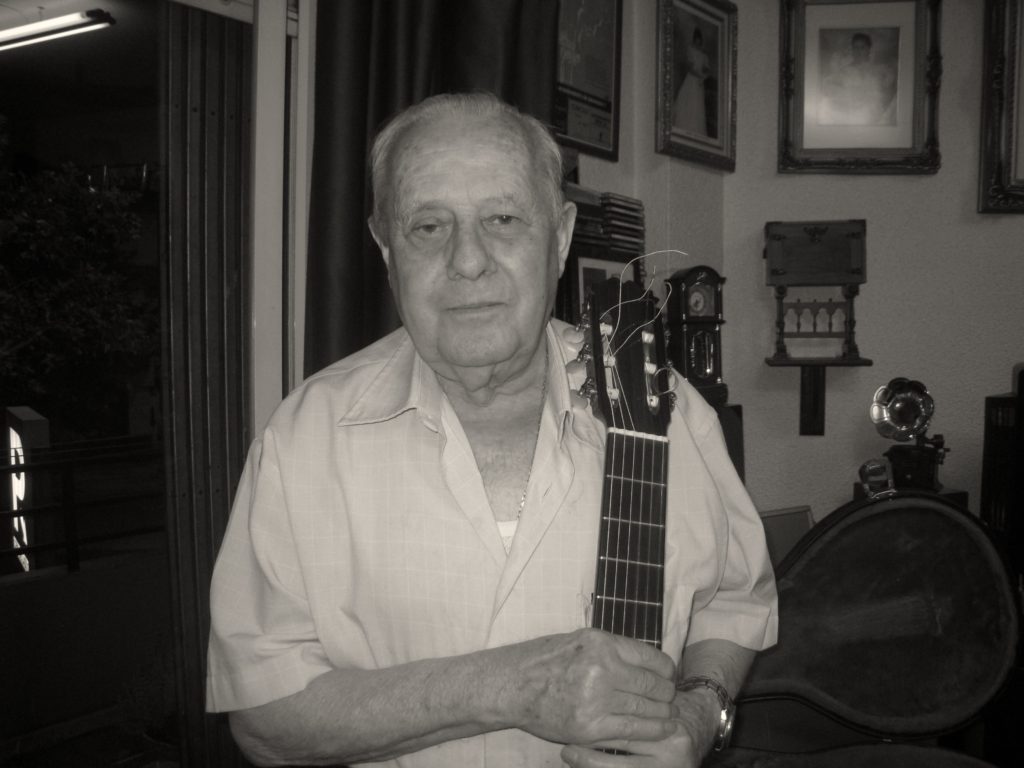 I know, this is the picture that everyone takes at this museum but I thought why buck the trend. I should have visited this museum years ago but just never got around to it. At least now I know what they have and don’t have. Right now there is a very interesting temporary exhibit of guitars made by contemporary makers from Almeria. There are more than you might think. I would like to congratulate all those involved in finding the support to establish a museum dedicated to the world’s most important figure in guitar building. As always more money and support is needed in order to build up the collection.
I know, this is the picture that everyone takes at this museum but I thought why buck the trend. I should have visited this museum years ago but just never got around to it. At least now I know what they have and don’t have. Right now there is a very interesting temporary exhibit of guitars made by contemporary makers from Almeria. There are more than you might think. I would like to congratulate all those involved in finding the support to establish a museum dedicated to the world’s most important figure in guitar building. As always more money and support is needed in order to build up the collection.
I had an excellent day yesterday there including a guided visit to the museum followed by my own presentation about making true copies of Torres guitars and a great concert by José Carlos Gómez. The wonderful evening ended up in the house of María Louisa Jiménez Burkhardt with members of the Sociedad Guitaristica de Almería and José Carlos. He and Norberto Torres had much to teach me about the music of Paco de Lucia. So, surrounded by guitar lovers, good music, food and wine the Almeria day came to a perfect close.






